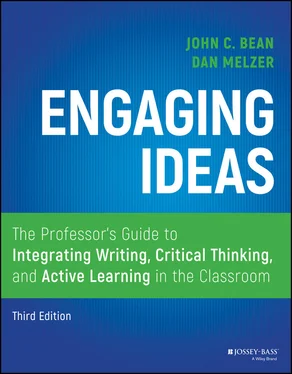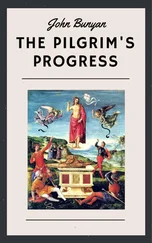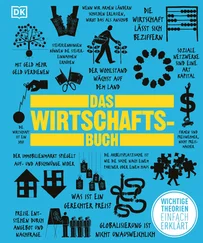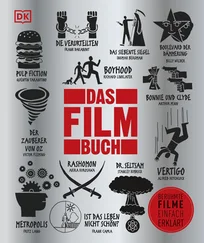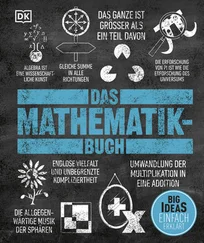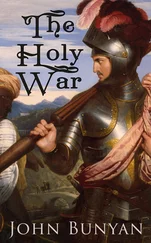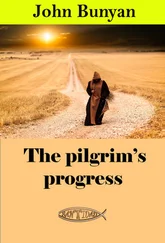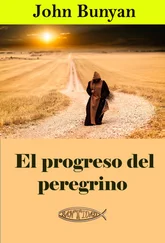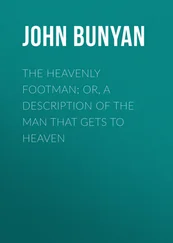EXHIBIT 3.1 Examples of Genres
| Personal Writing |
Academic Writing |
Popular Culture |
Public Affairs/Civic Writing |
Professional/ Workplace Writing |
| Letter Diary/journal Reflection Autobiographical essay (literary nonfiction) Blog Text message Personal essay Facebook page |
Scholarly article Book/chapter Abstract Conference paper |
Magazine article Advertisement Hip‐hop lyrics Bumper sticker Graffiti Fan website Comic book Newspaper article Greeting card |
Letter to the editor Op‐ed piece Tweet Advocacy website White paper Political blog Advocacy poster Magazine article on civic issue Policy brief Documentary film |
Cover letter Résumé Business memo Legal brief Brochure Technical manual Proposal Marketing plan Management report |
The concept of genre is often confusing to students. One way John tries to explain genre is to create an analogy between genres and dress codes. Just as some social occasions create writing genres, other social occasions create clothing genres. John places on the board some typical social occasions such as “wedding,” “job interview,” “high school prom,” “workday casual,” or “Halloween party” and invites discussion of appropriate kinds of dress. John wants students to see that social occasions create clothing expectations that operate as genres—invitations to dress in a certain way along with corresponding limits or constraints. One can express individuality at a job interview by choosing a particular style and quality of necktie or handbag but not by choosing a favorite sweatshirt or pair of flip‐flops. Similarly, one can express individuality in an APA research report by asking a particularly shrewd research question or developing an elegant methodology, but not by creating a fun cover page or organizing the report as a personal narrative.
To operate successfully in a written genre, students need to learn the genre's expectations, possibilities, limits, and constraints. Many of the questions that concern novice writers (such as Can we use “I” in our papers? or Do I need a thesis statement in the introduction?) are functions of the assigned genre rather than of the teacher's whims. But genres are more than a set of guidelines for formatting and style. According to some theorists, they are forms of “social action” (Miller, 1984)—that is, they help produce the ways that certain communities think and act (Bawarshi, 2003; Bazerman, 1987, 1988; Beaufort, 2007; Carter, 2007; MacDonald, 1994; Myers, 1986a; Nowacek, 2009; Russell, 1997; Russell and Yanez, 2003; Swales, 1990; Wardle, 2009). The concept of genre creates strong reader expectations, which in turn place demands on a writer to fulfill those expectations. When one writes in a certain genre, one's structure, style, and approach to subject matter are influenced by previous writers who have employed that same genre. The existence of the genre invites us to generate the ideas that meet the genre's expectations. Every genre is thus an invitation. For example, the existence of the genre “grant proposal” invites us to find problems that might be solved through grant funding. The existence of the genre “op‐ed piece” or “tweet” invites us to insert our own voices into the public arena.
It often takes years to become an expert user of a genre. Teachers in the physical and social sciences, for example, appreciate how difficult it is for a novice science student to understand the difference between the “Results” and “Discussion” sections of an experimental report, particularly to see how the “Discussion” section constructs an argument (usually drawing data from the “Results” section as evidence) that tries to answer the research question presented in the “Introduction,” a question that in turn grows out of the literature review and the scientist's theoretical orientation. As rhetorician Charles Bazerman has shown (1988), the genre of the experimental report helped constitute the practices of modern science (see also Greg Myers, 1985,1986b). This empirical way of thinking about the world, embodied in the genre of the research report, is what expert insider scientists, as teachers, must pass on to their new students. Other disciplines have analogous genres that embody their discipline's ways of thinking and that students must learn in order to become disciplinary insiders. In chapter 10on teaching undergraduate research, we suggest strategies for teaching students how to write within the main genres of a discipline. But knowledge of genres is important even in introductory courses where students need to appreciate the difference between, say, an academic argument and a personal reflection, or a news story and an op‐ed column.
We conclude this section with one final point about genres: although some genres call for closed‐form prose, others call for alternative or open forms. Let us explain.
By closed‐form prose, we mean the kind of conventional thesis‐governed, points‐first prose that is typically associated with “good writing” within academic or professional circles. Closed‐form prose typically has features such as these:
An explicit thesis statement, usually in the introduction
Clear forecasting of the structure to follow
Unified and coherent paragraphs introduced by topic sentences
Clear transitions and signposts throughout (in some cases facilitated by various levels of headings)
Coherently linked sentences aimed at maximum clarity and readability
Such structures are called “closed” because after the introduction the reader expects the writer to follow the plan announced in the introduction, with no digressions, gaps, or other organizational surprises. Because its structure and style aim for maximum clarity, the value of closed‐form prose rests on the quality of the ideas it presents. The closed‐form structure aims to make those ideas as clear and transparent as possible. The high school five‐paragraph essay is a by‐the‐numbers way of teaching closed‐form writing to beginning writers.
Readers typically expect closed‐form prose in most kinds of academic writing, particularly in conference papers, journal articles, book chapters, research proposals, and so forth. It is also the expected norm in most workplace and professional writing—memos, reports, white papers, grant proposals, policy briefs, civic arguments, and other occasions that call for transparency, clarity, and readability. Clearly success in academic and professional life depends on students' learning to produce closed‐form prose.
But there are other kinds of “good writing.” Many genres typically break the rules of closed‐form prose. These genres, which we call open form, often celebrate playfulness, digressions, personal voice, the narrative strategies of literary nonfiction, or other characteristics that resist the smoothly mapped structure, predictability, and argumentative confidence of closed‐form prose. These open‐form genres often have a reflective, personal, exploratory, or inquiring stance; they often try to heighten or deepen a problem or show its human significance, rather than offer a thesis‐governed solution.
One kind of open‐form writing is belletristic prose . Sometimes called literary or creative nonfiction, it applies literary techniques to nonfiction subjects. Such essays, which often resist easy summary, surprise the reader (pleasurably) with digressions, gaps, and purposeful structural fissures such as flashbacks or changes of scene, causing the reader to momentarily lose bearings and then reconstruct the “plot.” Some iconic examples are George Orwell's “Shooting an Elephant,” Joan Didion's “The Santa Ana,” and Amy Tan's “Mother Tongue.”
Читать дальше
